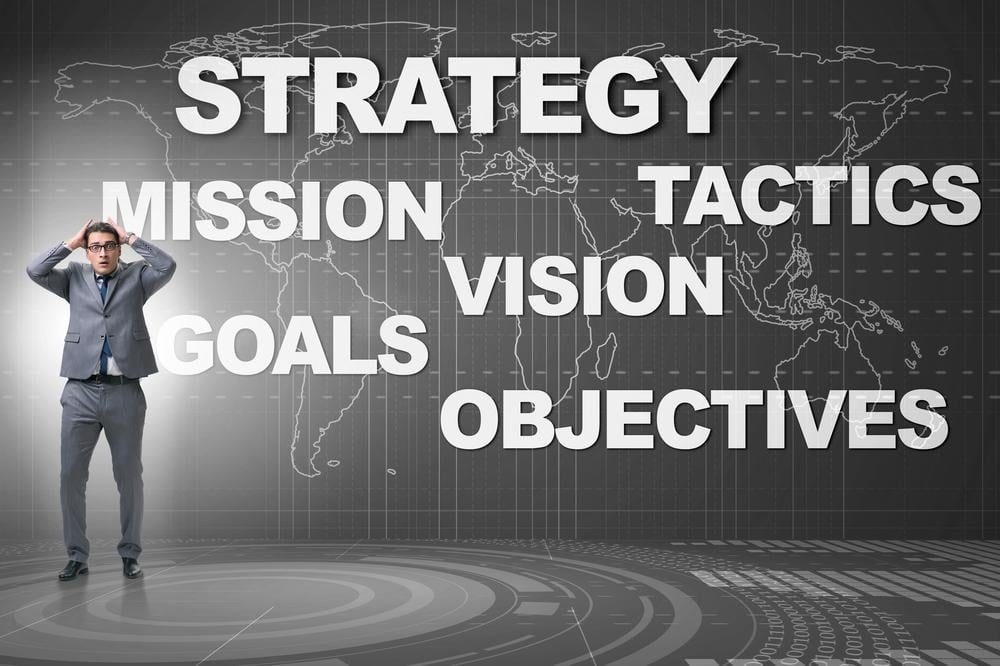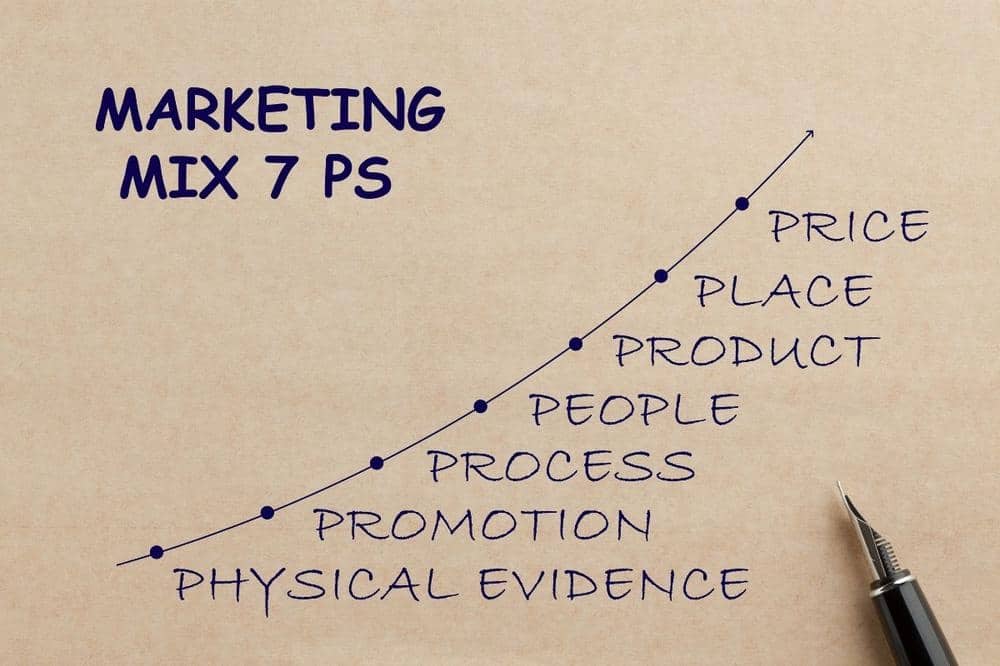When we talk about a marketing strategy, we are referencing your business’s long-term plan for attaining its goals. By understanding your consumers, you can create a well-defined plan that is both and sustainable has a competitive advantage. Your marketing strategy should include everything from establishing who your customers are to defining the marketing channels to reach them.
Your marketing strategy will allow you to define your business position in the market, the products and services you provide, the strategic partnerships you form, and the advertising channels you engage in.
A marketing strategy is critical to the success of any company. Continue reading to learn more about developing a successful marketing strategy for your business.
Important takeaways
Marketing is about engaging with customers, not only advertising and promotion.
A marketing strategy guides your product and service marketing-related actions.
A marketing strategy keeps all of your efforts on track.
Setting goals, studying the market, making product strategies, outlining your marketing activities, and adhering to the “7 P’s” are all part of developing a marketing strategy.

Marketing Comprehension
Before we get into the specifics of a marketing strategy, it’s essential to understand marketing.
What Exactly is Marketing?
Marketing is getting your business in front of prospective customers, connecting with them, and making them aware of your company’s products or services. Understanding consumer needs, converting those wants and needs into products and services, packaging and pricing products and services, and convincing customers of their need to purchase those products and services are all part of the process.
Simply said, marketing is the complete process of discovering new clients and meeting their wants and needs with the things you provide.
What Marketing is Not?
Marketing is more than just advertisements, public relations, creating a website, or setting up an email campaign. It also includes everything leading to such actions to help prospective customers and sales staff. Ideally, it should drive your whole business, determining what services you provide or the products you manufacture and distribute.

What Should be Included in a Marketing Strategy?
A marketing strategy, in essence, establishes the broad direction – but not the specifics – of a range of marketing-related operations. Ideally, your marketing strategy should assist you in defining the following for your business:
- Target audience
- Value proposition
- Product mix
- Brand voice and messaging
- Promotional activities
- Content marketing and promotion
As you construct your marketing strategy, keep the conventional 7 P’s of marketing in mind:
- Product – how you meet the demands of your customers
- People are persons that assist you in selling your product to clients.
- Price – the amount of money people are willing to pay for your product.
- Place – the location where you sell your products and services.
- Promotion – the avenues via which you inform clients about your goods.
- Physical evidence – tangible goods and experiences that convince clients that your product is genuine
- Process – how your product is delivered to your customers.
Why is a Marketing Strategy Important?
Developing and implementing a marketing strategy is critical for determining the direction of your marketing efforts and your entire business. Your marketing strategy assists you in staying in touch with your consumer base, developing the right products for them, and determining how you communicate information about those products.
You won’t know who your consumers are if you don’t have a defined plan, you won’t design the correct products and services, and you’ll spend money advertising them with little to no ROI.
In summary, having a well-defined marketing strategy increases your chances of success. Companies with a documented marketing strategy are more likely to succeed than those without.

How to Develop a Profitable Marketing Strategy
Developing a solid marketing strategy for your business will include various stages you must take.
Set Measurable Company Goals
Your marketing strategy is driven by your company’s vision and objectives. These overarching objectives aid in determining your marketing goals, which your marketing approach serves.
Your marketing objectives are based on the objectives of your organization. For example, you may aim for a given market share, to dominate a specific channel, or to reach a certain percentage of a specific type of customer. Your objectives should be attainable and quantifiable.
Define and Analyze Target Market
The objectives you define will assist you in determining the target market to pursue. This necessitates that you become acquainted with the customers in your target market, which requires market research and analysis. You must ascertain the following information about the target market and its customers:
- Market size and future growth
- Trends in the market
- Identify competitors
- Geographics and demographics
- Target market behavior
Create Product Plans
Once you understand your target audience, you can assess which services and products will best meet their demands. You can develop the right product for consumers if you know what they want.
Of course, developing the product and producing it are outside the marketing department’s purview. However, marketing should play a significant and vocal role in deciding product features, price, and packaging based on consumer demands and KPIs.
Define the Key Benefits
Savvy marketers understand that new customers judge primarily on how a new product helps them, not its characteristics. Therefore, it is critical to discover the significant benefits of the items you make – how that product best meets the demands or needs of the consumers.
Unsuccessful goods frequently have appealing characteristics, but buyers are just uninterested unless those traits convert into advantages. So it is not a case of “if you build it, they will come”; instead, it satisfies your consumers’ wants.
Develop your Positioning and Messaging
Product and service positioning should be based on their advantages and how they match the target audience’s demands. Therefore, you must first learn what your clients value and position your goods correctly.
This is carried over into all product-related messaging. For example, the product or service positioning may be that it satisfies a specific need; the messaging communicates that positioning in a clear, concise, and attention-grabbing manner.
Establish your Marketing Mix
Finally, your marketing strategy should specify how you will contact your target demographic, including which channels and activities to include in your marketing mix. Print, radio, and television are examples of conventional channels, as are digital channels, social media, and mobile applications.

Working with Secured Logics
Your marketing strategy is your long-term plan for attaining your business’s goals. At Secured Logics, we understand the importance of getting your message across to your target audience in a way they can connect. Are you interested in learning more about how we can help your business grow? Contact Secured Logics to schedule a consultation.
